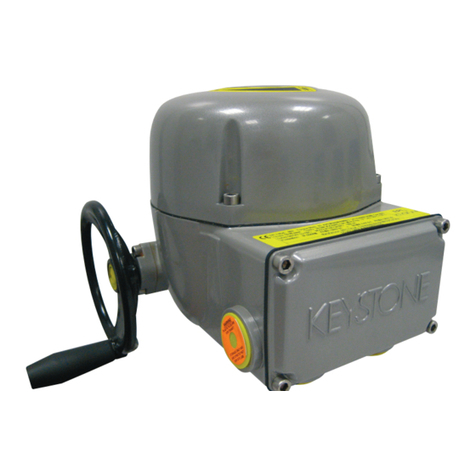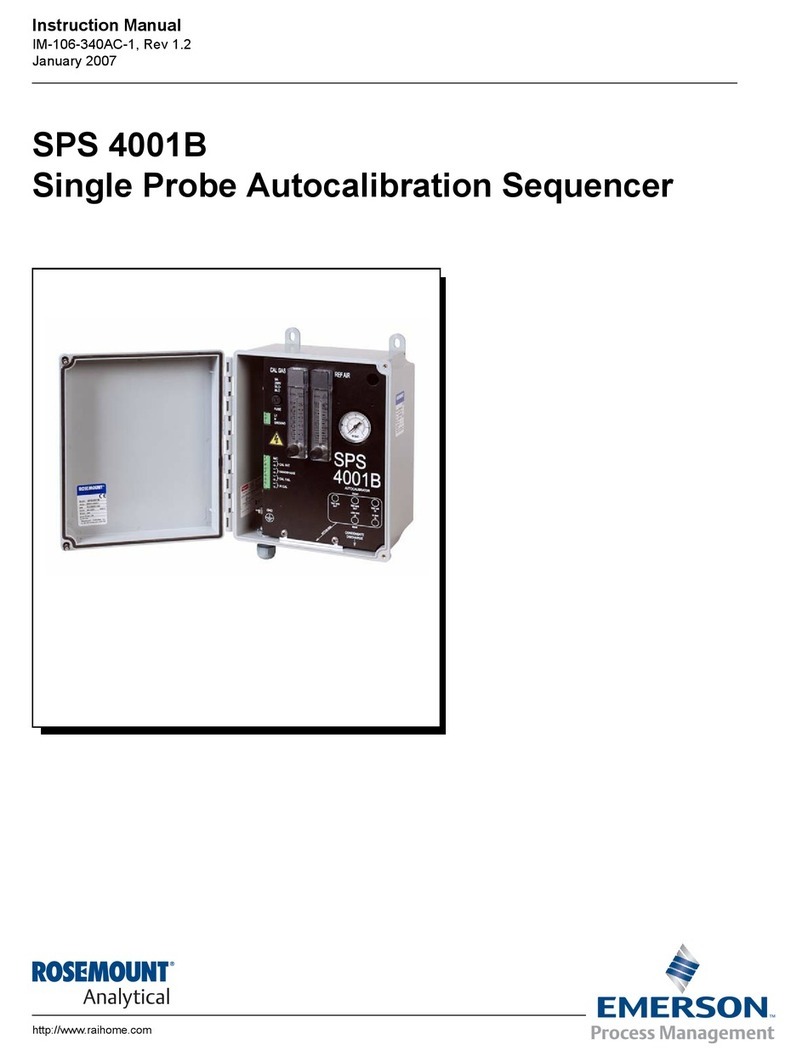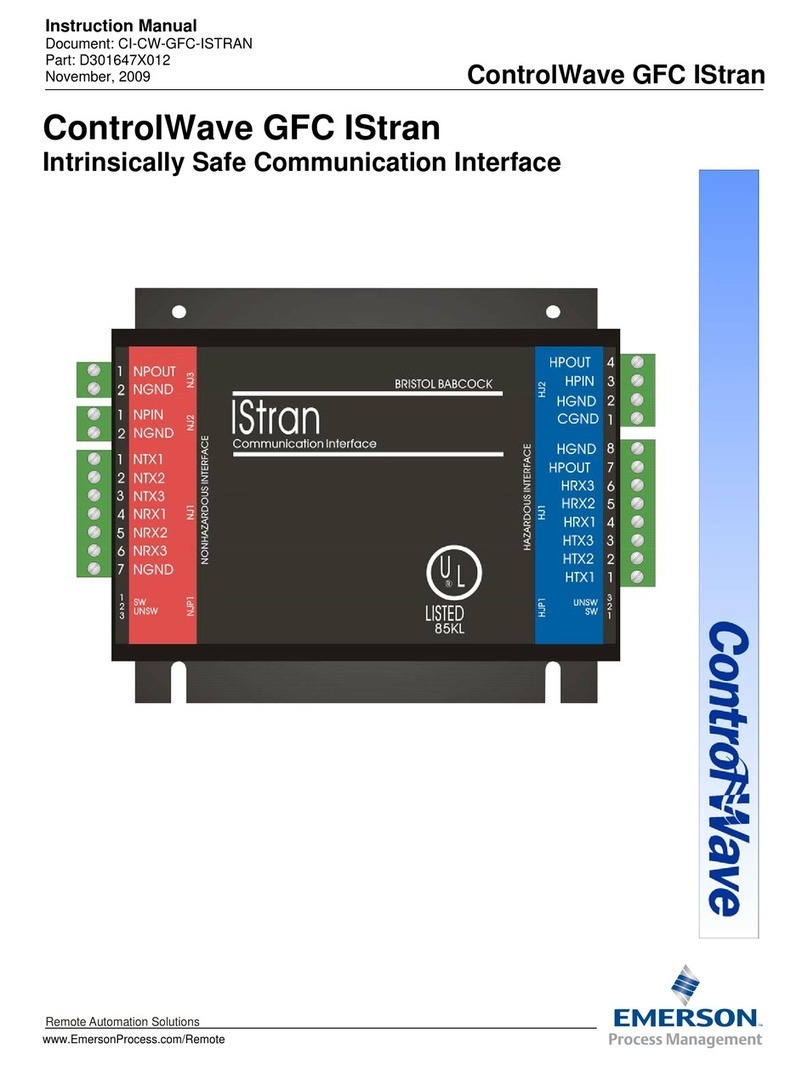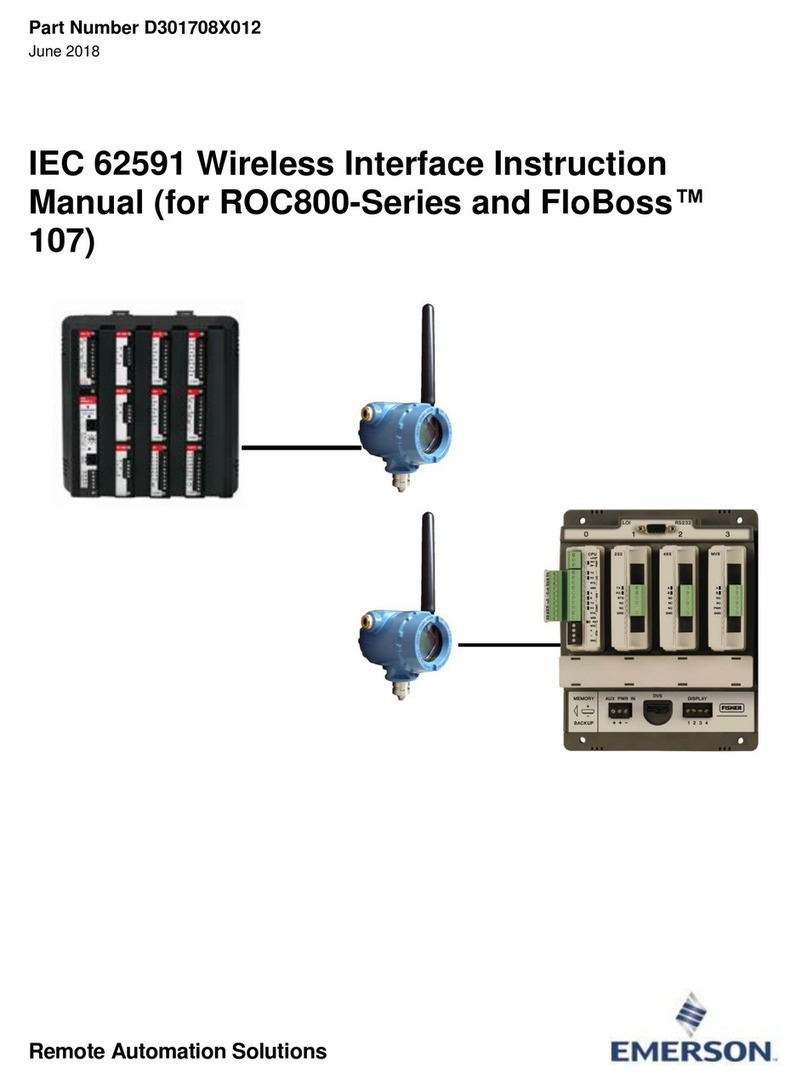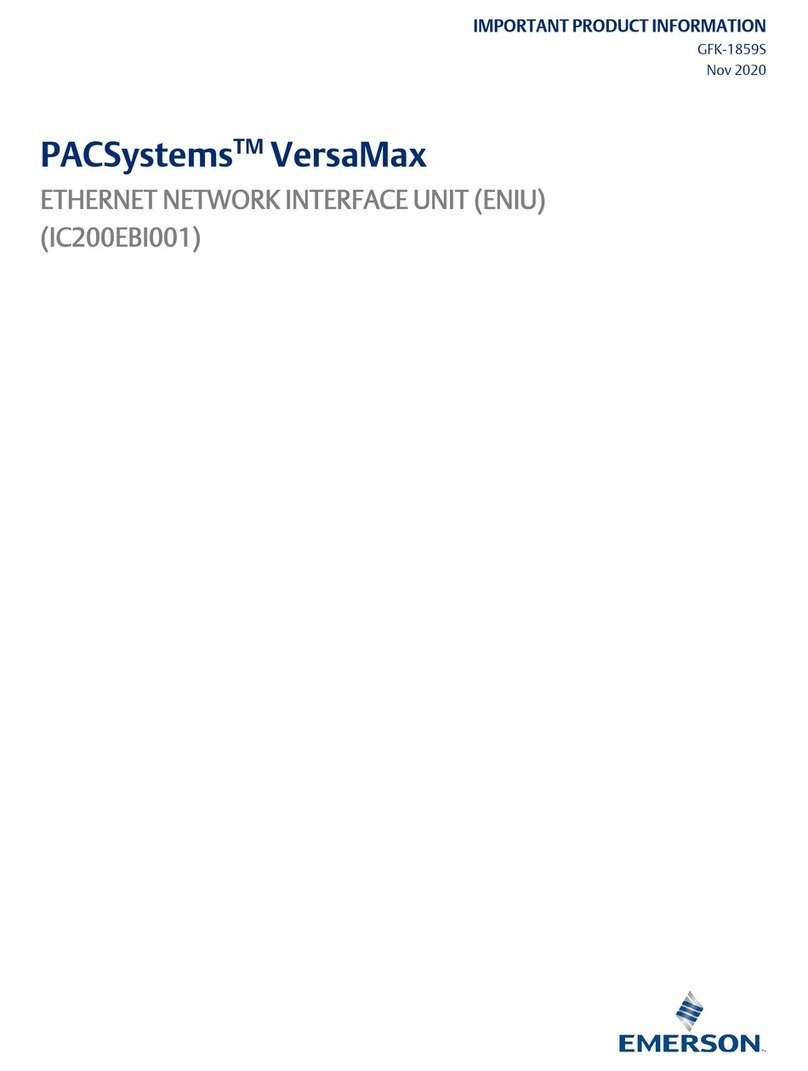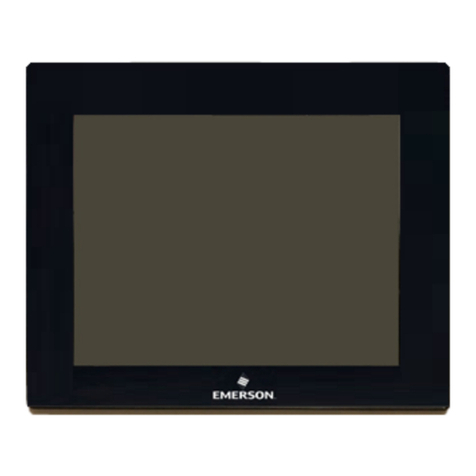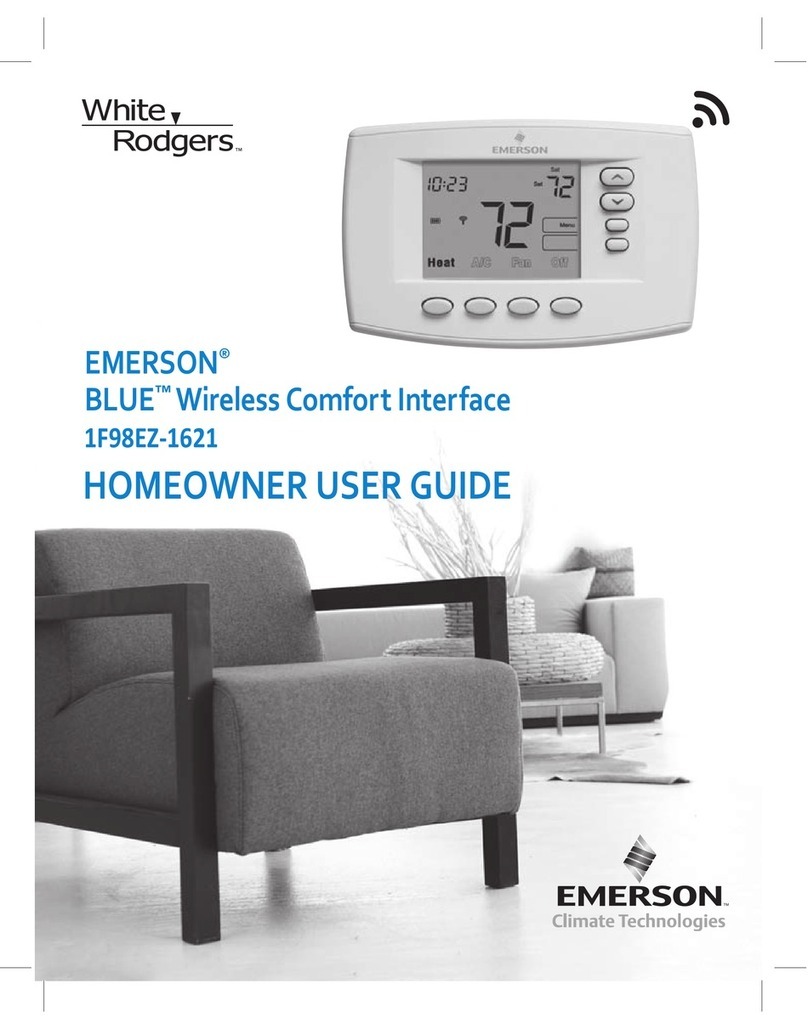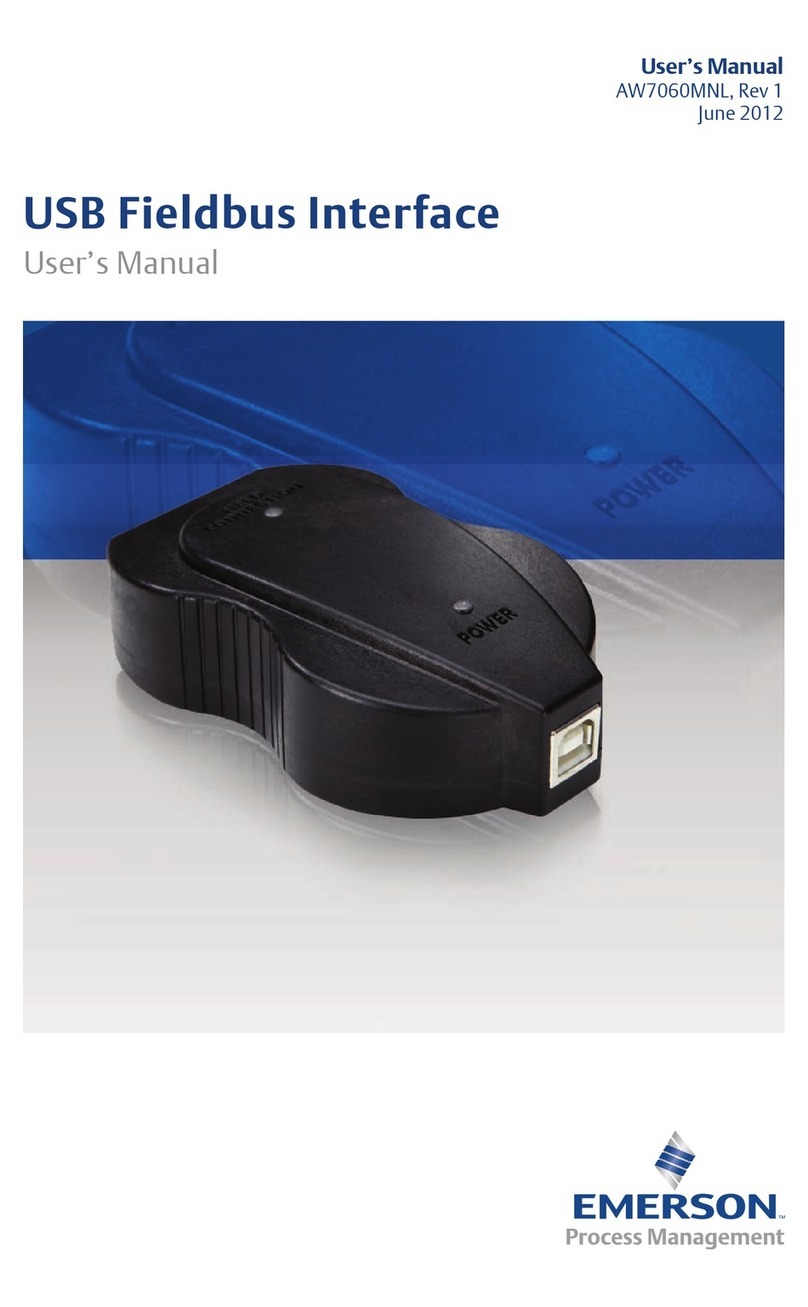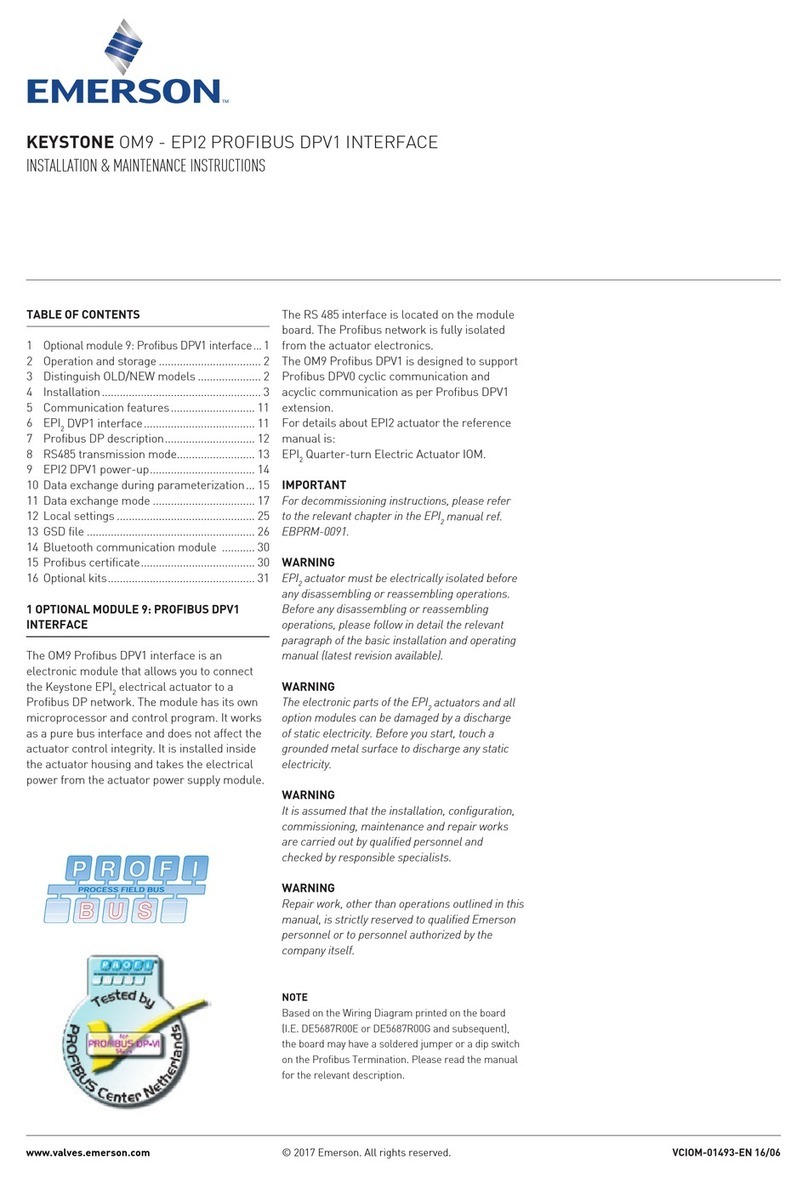
Instruction Manual
IM-106-340AC-1, Rev. 1.0
April 2005 SPS 4001B
http://www.raihome.com
SPS 4001B Single Probe
Autocalibration Sequencer
ESSENTIAL
INSTRUCTIONS
READ THIS PAGE BEFORE PROCEEDING!
Rosemount Analytical designs, manufactures and tests its products to meet
many national and international standards. Because these instruments are
sophisticated technical products, you MUST properly install, use, and
maintain them to ensure they continue to operate within their normal
specifications. The following instructions MUST be adhered to and integrated
into your safety program when installing, using, and maintaining Rosemount
Analytical products. Failure to follow the proper instructions may cause any
one of the following situations to occur: Loss of life; personal injury; property
damage; damage to this instrument; and warranty invalidation.
•Read all instructions prior to installing, operating, and servicing the
product.
• If you do not understand any of the instructions, contact your
Rosemount Analytical representative for clarification.
•Follow all warnings, cautions, and instructions marked on and
supplied with the product.
•Inform and educate your personnel in the proper installation,
operation, and maintenance of the product.
•Install your equipment as specified in the Installation Instructions
of the appropriate Instruction Manual and per applicable local and
national codes.Connect all products to the proper electrical and
pressure sources.
• To ensure proper performance, use qualified personnel to install,
operate, update, program, and maintain the product.
• When replacement parts are required, ensure that qualified people use
replacement parts specified by Rosemount. Unauthorized parts and
procedures can affect the product's performance, place the safe
operation of your process at risk, and VOID YOUR WARRANTY.
Look-alike substitutions may result in fire, electrical hazards, or
improper operation.
• Ensure that all equipment doors are closed and protective covers
are in place, except when maintenance is being performed by
qualified persons, to prevent electrical shock and personal injury.
The information contained in this document is subject to change without
notice.
Get other manuals https://www.bkmanuals.com
